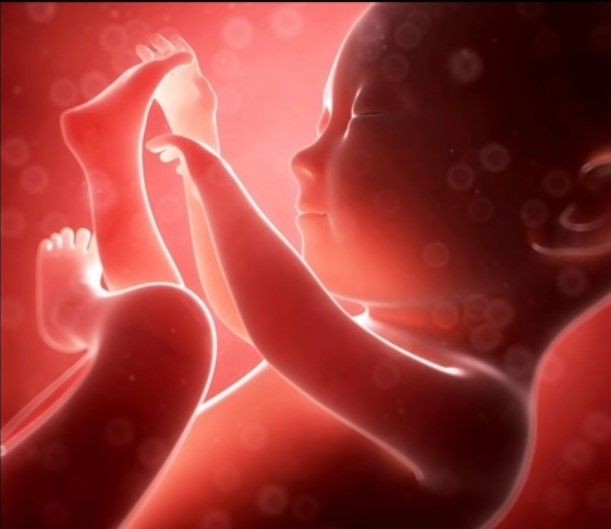Researchers have found Microplastics inside Human Placent
Plastics have been found everywhere, literally everywhere. From the depth of the ocean to the forest and land, it present as an immortal king. In 2019, it is estimated that about 368 million metric tons of plastics were produced across the world. They polluted air, water and the land, and also we saw how sea animals suffer due to these plastics. Now it’s our turn.
By the research article published the Environmental International, microplastics of size 5-10 micrometre were found in the human placenta. For those who doesn’t know what is placenta it is the connection between mother and foetus (baby) during pregnancy. It helps in the providing nutrients and even oxygen from mother to baby, it also helps in removal of waste. Hence placenta plays a vital role in development of the foetus.
The Rome scientists conducted the examination of placenta from six women who underwent normal pregnancy and child birth. Plastic free protocol were strictly maintained during child birth to prevent cross contamination. Out of the six placenta, four were found to have microplastic. About twelve fragments of microplastics were found in 4% of each placenta. Therefore total count will be much higher. The plastics were found in different colour of red, orange, blue or pink.
The entry of plastic is not yet clear but scientists believe that it might have entered through packaging and painting, or even by cosmetics and personal care products. Even the inhaling plastic particle may have caused it.
The researchers concluded that plasticity in placenta might be fatal because the foetal development is totally depends on placenta. It might led to toxic contamination in both mother and child. Further it might effect the immune system of the baby with irreversible effects.
Antonio Ragusa, who led the study said “It is like having a cyborg baby ; no longer composed only of human cells, but a mixture of biological and inorganic entities”.
Another research involving rat which are made to inhale nanoplastics. It resulted in formation of particles of plastic in liver, placenta, lungs, kidney, and even brain of the foetus. If it can effect the rat, we got no were to run.
The bright side is the other two women showed no sign of microplastic in placenta. It might be due to their diet and life style. But it’s not sure we will be that lucky or those women will stay lucky, it is best we stay as far away from the plastic for a better and longer future.

